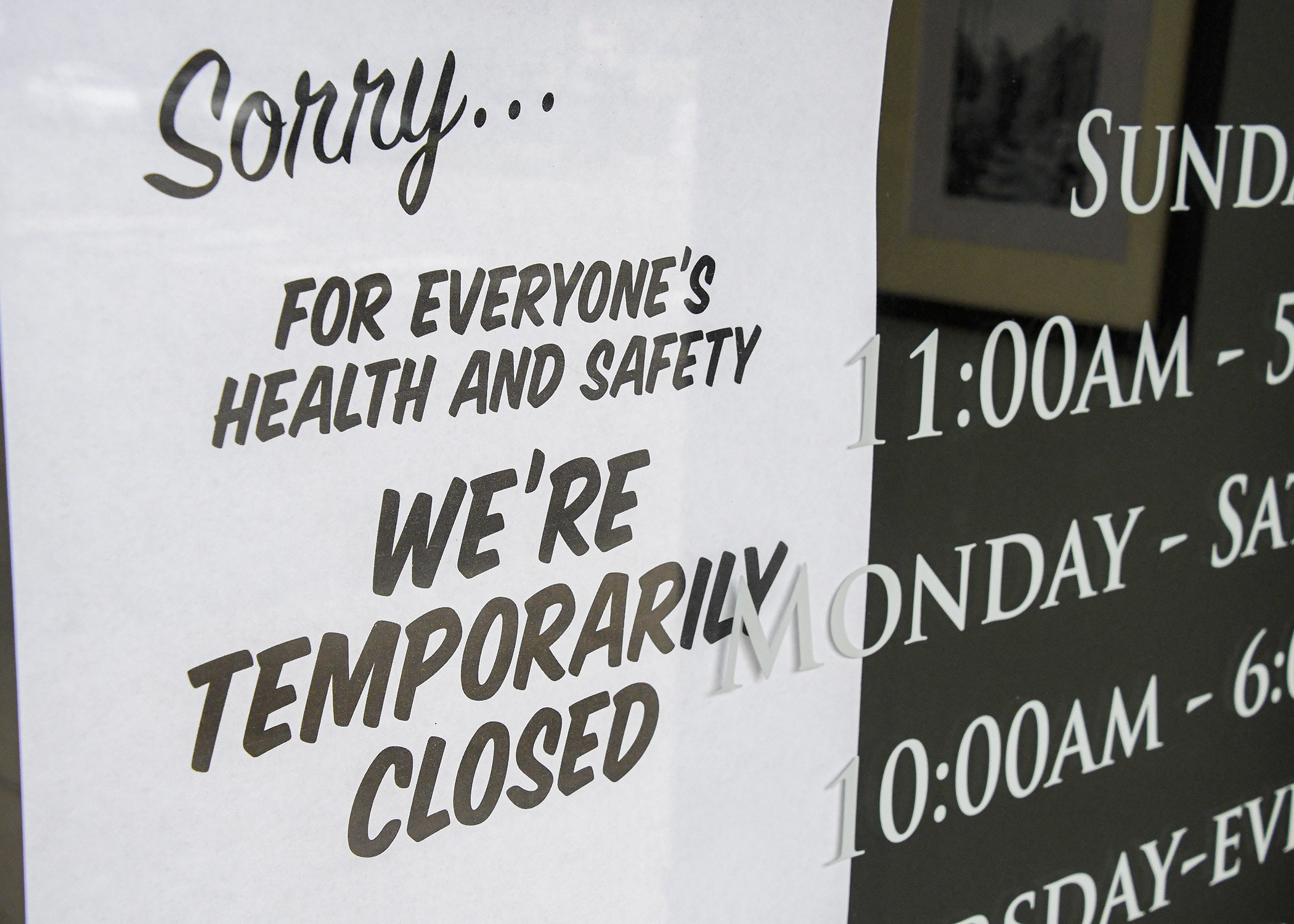Proposed grant funding would aid those left behind by other coronavirus assistance programs
A $50 million appropriation could provide cash grants to individuals and families economically impacted by the COVID-19 pandemic, but left behind by other financial assistance programs.
HF4611, sponsored by Rep. Aisha Gomez (DFL-Mpls), would, as amended, provide funding through the state’s Community Action Partnership network, which individuals could use for basic living expenses.
The House Jobs and Economic Development Finance Division approved the bill 11-6 Friday and sent it to the House Ways and Means Committee, where it is scheduled to be heard Tuesday.
A companion, SF4540, is sponsored by Sen. Melisa Franzen (DFL-Edina) and awaits action by the Senate Jobs and Economic Growth Finance and Policy Committee.
Individuals would qualify for grants if they were ineligible for unemployment; rely on income from earnings, like tips, that aren’t included in unemployment calculations; or unable to access other federal or state assistance.
This would include high school and college students, workers dependent on tips, and families with mixed immigration status, Gomez said.
Each one-time grant could provide up to $1,500 based on the demonstrated needs of the recipient and the availability of resources. Although the financial support won’t be recurring, it could still make a difference for families in need, supporters said.
 Tipped workers, like those laid off from restaurants and bars, would be among those who qualified for the grant program proposed in HF4611. Photo by Andrew VonBank
Tipped workers, like those laid off from restaurants and bars, would be among those who qualified for the grant program proposed in HF4611. Photo by Andrew VonBankThe bill would require the grant funds be split between Greater Minnesota and the Twin Cities metro area and it would prioritize CAP agencies serving “culturally specific populations,” whether through direct support or subgrants.
CAP agencies already have established partnerships with such organizations across the state, allowing for the funding to get to the communities in the most need, Gomez said.
“(COVID-19)’s not impacting communities in a way that’s equal,” she said. “This is … revealing realities that have been present in our communities for a long time.”
The funding would go to the CAP agencies through the Department of Human Services, and up to 10% of the $50 million could be used to cover administrative costs. Funds would be available until the end of fiscal year 2021.
It would also come out of the General Fund, though legislators are trying to see if federal funding from the CARES Act could possibly be used instead.
Rep. Bob Gunther (R-Fairmont) said that he couldn’t vote for the bill, “though I can see a lot of reasons why I would like to,” because drawing from the General Fund at this time would only set the state up for future problems.
The bill was initially drafted so that the funding would be distributed through the Department of Employment and Economic Development and the Minnesota Council on Foundations, but it was amended so that it would go through the state’s Community Action Partnership network instead, division chair, Rep. Tim Mahoney (DFL-St. Paul) explained.
“It’s the most quick and efficient way to get these funds into the hands of individuals and families that need it the most,” Gomez said.
The amendment also technically removed the bill from the division’s jurisdiction. The House Health and Human Services Finance Division is not planning another meeting this session, and the bill was already scheduled for a hearing in the jobs division when the change was proposed, Mahoney said.
Republicans, including Rep. Jeff Backer (R-Browns Valley) and Rep. Kristin Robbins (R-Maple Grove), stated that they thought the bill should go through the appropriate division, even if it was going to be further vetted.
Related Articles
Search Session Daily
Advanced Search OptionsPriority Dailies
Ways and Means Committee OKs proposed $512 million supplemental budget on party-line vote
By Mike Cook Meeting more needs or fiscal irresponsibility is one way to sum up the differences among the two parties on a supplemental spending package a year after a $72 billion state budg...
Meeting more needs or fiscal irresponsibility is one way to sum up the differences among the two parties on a supplemental spending package a year after a $72 billion state budg...
Minnesota’s projected budget surplus balloons to $3.7 billion, but fiscal pressure still looms
By Rob Hubbard Just as Minnesota has experienced a warmer winter than usual, so has the state’s budget outlook warmed over the past few months.
On Thursday, Minnesota Management and Budget...
Just as Minnesota has experienced a warmer winter than usual, so has the state’s budget outlook warmed over the past few months.
On Thursday, Minnesota Management and Budget...